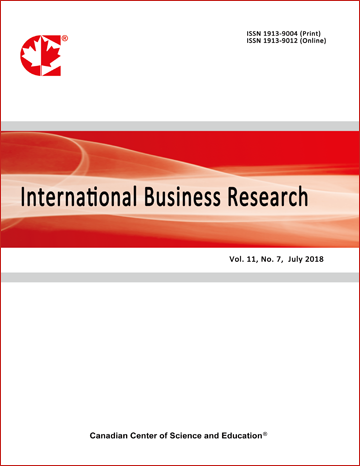Construction of a Strategic Business Process Reengineering Model: Empirical Research on the After-sale Service Process of SH
- An-Shin Shia
- Bau-Jung Chang
Abstract
For the past decade, business process reengineering (BPR) has gradually evolved from a revolutionary principle, which provided enterprises with methods to eliminate problems, into a set of management approaches for enterprises to face unpredictable and uncontrollable circumstances. This study puts forward an integrated model, strategic business process reengineering model,, which focuses on analysis of the three stages of BPR, and explores how BPR develops into competitive advantage with strategic basic factors – positioning, unique activities, trade-offs and fit. The authors undertake SH, a famous Taiwanese brand of small appliance, for case study and analysis. The research results show that the process reengineering activities held after strategic positioning should be improved through unique activities and trade-offs, such as technology-oriented, cross-departmental labor integration and trade-offs, cross-departmental rotation and talent cultivation, and cross-organizational support for channel manufacturers in their training of technicians. During the activities, mutual fit would lead to a set of behavior system, where construction plays an essential role, as it is difficult to imitate in competitive advantage.
- Full Text:
 PDF
PDF
- DOI:10.5539/ibr.v10n7p67
Journal Metrics
h-index (January 2024): 102
i10-index (January 2024): 947
h5-index (January 2024): N/A
h5-median(January 2024): N/A
( The data was calculated based on Google Scholar Citations. Click Here to Learn More. )
Index
- Academic Journals Database
- ACNP
- ANVUR (Italian National Agency for the Evaluation of Universities and Research Institutes)
- CNKI Scholar
- COPAC
- CrossRef
- EBSCOhost
- EconBiz
- ECONIS
- EconPapers
- Elektronische Zeitschriftenbibliothek (EZB)
- EuroPub Database
- Excellence in Research for Australia (ERA)
- Genamics JournalSeek
- Google Scholar
- Harvard Library
- IBZ Online
- IDEAS
- Infotrieve
- Kobson
- LOCKSS
- Mendeley
- MIAR
- Norwegian Centre for Research Data (NSD)
- PKP Open Archives Harvester
- Publons
- Qualis/CAPES
- RePEc
- ResearchGate
- ROAD
- Scilit
- SHERPA/RoMEO
- SocioRePEc
- Technische Informationsbibliothek (TIB)
- The Keepers Registry
- UCR Library
- Universe Digital Library
- ZBW-German National Library of Economics
- Zeitschriften Daten Bank (ZDB)
Contact
- Kevin DuranEditorial Assistant
- ibr@ccsenet.org
